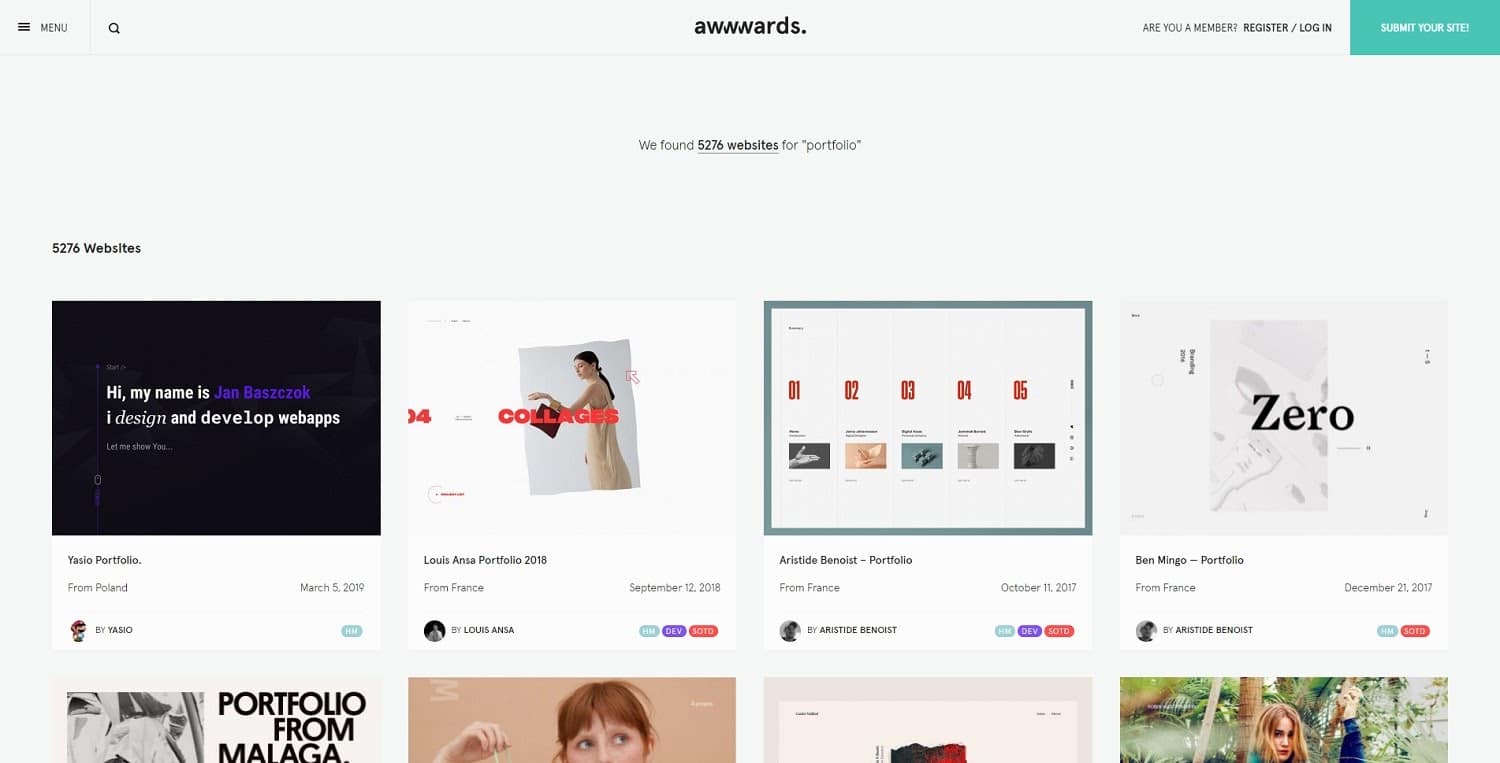
UX designer, web developer and UX designer work together to build a website that meets user needs. UX designers are driven by a single goal: make the website as user-friendly possible. A web developer can also do the same. There are however, some differences.
A UX designer, for example, will have a greater impact on the website's user experience. UX designers often have to be involved throughout the project from the initial brainstorming stage to the last product launch. They must also be able manage the project with minimum fuss. They must also be able communicate with the marketing and development departments to ensure that the final result is as logically possible.

The job of a web developer in technology is to make a site functional and analyze it. The web developer must also study SEO optimization to ensure that the site is ranked highly in search engines. While these are not as glamorous than the design and programming aspects of the job they are vital. Developers must understand programming languages in order to give their website a life.
Similar to a web developer, a UX designer is responsible for user research, prototyping, and making sure that the final product is easy to use. UX designers will often be part a marketing team, which is different from a web designer. Consequently, the UX designer's role is more complex than a web developer's.
The web developer's job is technical, but the UX designer's role is much more creative. UX designers sometimes find themselves stuck in slow, cumbersome projects. That is because he or she has to know how to test different interfaces and user interactions in order to create the best solution.
The website's visuals are the responsibility of the UX designer, but the site developer is ultimately responsible. The developer is often the most visible. An employer will be impressed with a UX designer's ability to prove his or her worth.

UX designers need to be willing, as we have already mentioned, to invest their time and effort in creating a website that is useful. If a web developer is able to produce a website that meets the demands of the average user, he or she can expect to earn a hefty sum of money. You might consider enrolling in a UX Design course if you are a budding designer to learn how to make your website more user-friendly.
A bootcamp is a great way to get started in a career as a UI/UX designer. A bootcamp can help you get an overview about the latest technologies and provide valuable tips for creating a website that keeps visitors coming back.
FAQ
Do I need a portfolio to get hired as a web designer?
Yes. You must have a portfolio to be considered for a job in web development or design. Your portfolio should show examples of your skills, experience, and knowledge.
Portfolios typically include examples of past projects. These can be anything that shows off your skill set. Your portfolio should include everything from mockups, wireframes, logos, brochures, websites, and even apps.
Do I hire a web design firm or do it myself.
If you don't want to spend a lot, you shouldn't hire web designers. It may not be a wise decision to pay for web design services if you desire high-quality results.
It is possible to create websites without hiring expensive professionals.
If you're willing to put in the time and effort, you can learn how to make a great-looking site yourself using free tools like Dreamweaver and Photoshop.
An alternative option to outsourcing your project is to hire an experienced freelance web designer who charges per-hour instead of per job.
Do I have to use a template?
Yes! When creating websites, many people use pre-built templates. These templates include all of the code required to display the information on your webpage.
The following are some of our most-recommended templates:
WordPress - The most popular CMS
Joomla - Joomla! - another open source CMS
Drupal – An enterprise-level solution used by large organizations
Expression Engine - A proprietary CMS from Yahoo
Each platform has hundreds of templates, so it should not be hard to find the one that you like.
What does a UI designer do?
Designers of user interfaces (UI) are responsible for creating interfaces for software products. They are responsible to design the layout and visual elements for an application. Graphic designers can also be included in the UI design team.
The UI Designer needs to be a problem solver and have a good understanding of how people use computers.
A UI designer needs to be passionate about software and technology. The field requires that the designer understands all aspects of it, from designing ideas to writing code.
They should have the ability to design using various techniques and tools. They should be able problem solve and think creatively.
They should be detail-oriented and well organized. They should be able to develop prototypes quickly and efficiently.
They should be comfortable working with clients, both large and small. They should be able, and willing, to adapt in different environments and situations.
They should be able and willing to communicate effectively with others. They should communicate clearly and concisely.
They should be well-rounded people with strong communication skills.
They should be highly motivated and driven.
They should be passionate about their craft.
WordPress: Is it a CMS or not?
Yes. It is called a Content Management System. A CMS allows you to manage your website content from within a web browser instead of using an application such as Dreamweaver or Frontpage.
WordPress is free! Hosting is all you need, and it's usually free.
WordPress was originally designed to be a blogging platform. However, WordPress now offers many options including eCommerce sites and forums, membership websites, portfolios and portfolios.
WordPress is simple to install and configure. To install WordPress, you will need to download the installer file from their website. Once it is downloaded, upload it to your server. After that, you can simply access your domain name with your web browser.
After installing WordPress on your computer, you'll need a username and a password. After logging in, you will see a dashboard that allows you to access all your settings.
Here you can add pages and posts, images, menus, widgets and plugins. This step may be skipped if you feel confident editing and creating content.
However, if you prefer to work with someone else, you can hire a professional web designer to handle the whole process.
What should I include in my Portfolio?
These should all be included in your portfolio.
-
Some examples of your past work.
-
If applicable, links to your website
-
Link to your blog.
-
Links to social media pages.
-
Here are links to portfolios online of other designers.
-
Any awards you've been awarded.
-
References.
-
Take samples of your work.
-
Links showing how you communicate with clients.
-
Here are some links to show that you're eager to learn new technologies.
-
These are links that show your flexibility
-
You can find links that reflect your personality.
-
Videos showing your skills.
Can I use HTML & CCS to build my website?
Yes! If you've been following along so far, you should now understand how to start creating a website.
After you have learned how to structure a website, you will need to know HTML and CSS.
HTML stands for HyperText Markup Language. You can think of it as writing a recipe. It would list the ingredients, directions, and how to do it. Similarly, HTML tells a computer which parts of text appear bold, italicized, underlined, or linked to another part of the document. It's the language for documents.
CSS stands for Cascading Stylesheets. You can think of CSS as a style sheet for recipes. Instead of listing all ingredients and instructions, you simply write down the basic rules for things such as font sizes, colors or spacing.
HTML tells the browser how to format a web page; CSS tells it how to do it.
You don't have to be a prodigy if you don’t get the terms. Follow the tutorials and you will soon be creating beautiful websites.
Statistics
- In fact, according to Color Matters, a signature color can boost brand recognition by 80%. There's a lot of psychology behind people's perception of color, so it's important to understand how it's used with your industry. (websitebuilderexpert.com)
- It's estimated that chatbots could reduce this by 30%. Gone are the days when chatbots were mere gimmicks – now, they're becoming ever more essential to customer-facing services. (websitebuilderexpert.com)
- The average website user will read about 20% of the text on any given page, so it's crucial to entice them with an appropriate vibe. (websitebuilderexpert.com)
- When choosing your website color scheme, a general rule is to limit yourself to three shades: one primary color (60% of the mix), one secondary color (30%), and one accent color (10%). (wix.com)
- It enables you to sell your music directly on your website and keep 100% of the profits. (wix.com)
External Links
How To
How can I become a UI designer?
There are two routes to becoming a UI Designer:
-
You can complete school to earn a degree for UI Design.
-
You can go freelance.
To go to school, you will need to enroll in college or university for four years. This includes business, psychology and computer science.
You can also enroll in classes at state universities or community colleges. Some schools offer free programs, while others charge tuition fees.
After you graduate, you must find work. You must establish a client base if you want to work for yourself. It's important to network with other professionals, so they know you exist.
You can also look for opportunities to intern at companies that specialize in developing web applications. Many companies hire interns to gain experience before hiring full-time employees.
It will be easier to land more jobs once you have a portfolio of your work. Your work samples and details about the projects should be included in your portfolio.
It is a good idea for potential employers to receive your portfolio via email.
Freelancers need to promote themselves. You can list your services on job boards such Assure, Guru, Freelance, Guru and Upwork.
Many recruiters post job openings online and assign freelancers. These recruiters find qualified candidates for specific jobs.
These recruiters will typically give the candidate a project brief that outlines the position's requirements.
As a freelancer, you are not required to sign any long-term contracts. You should negotiate an upfront payment if your goal is to move forward.
Many designers prefer to work directly and not through agencies. Although this may sound great, many lack the necessary skills.
Agency workers often have extensive industry knowledge. They have access to resources and training that enable them to produce high quality work.
In addition to these benefits, agency workers usually receive a higher hourly rate.
However, the disadvantage of working with an agency is not having direct contact with your employer.
A UI designer must be self-motivated, creative and flexible.
Also, you must have excellent communication skills both verbally and in writing.
UI designers are responsible for designing websites by creating user interfaces (UI) and visual elements.
They are also responsible in ensuring that the site meets all users' requirements.
This requires understanding what information visitors want and how the website should function.
To create wireframes, UI designers can use a variety of tools. They use wireframing to help them visualize the layout of a webpage before they start designing.
There are many wireframe templates available online. Anyone can create their own wireframes.
Some designers focus solely on UI design, while others combine UI design with graphic design.
Photoshop is used to edit images by graphic designers.
They then use Adobe InDesign to lay out pages and layouts.
Photographers capture images using digital cameras or DSLRs.
The photos are then uploaded into a photo editing program. Here they can add captions, filters, or other effects.
The photographer saves the image as a compatible file format for the website.
It is crucial to consider all aspects when designing a website.
This includes research planning, wireframing and prototyping, as well as testing, coding, content generation, and publishing.
Research - Before you start a new project, it's important to do thorough research.
Planning - After you have completed your research, it's time to start creating a plan.
Wireframing: A wireframe is a sketch of a website or application.
Prototyping: Prototypes can help to ensure that the final product meets the initial vision.
Testing - Multiple rounds of testing should be done on the prototype to make sure it works properly.
Coding: Coding is the process of writing code for computers.
Content Creation - Content creation covers everything from writing copy to managing social media accounts.
Publishing entails uploading files to a server and ensuring the site is accessible.
As a freelance UX/UI designer, you will need to learn about different projects.
Some companies may only need wire frames while others require complete prototypes.
Depending upon the type and scope of the project, you may be asked for specific tasks.
For instance, if your job is to create wireframes you might have to make several over the course of time.
If you're asked to develop a site prototype, it may be necessary to make it fully functional.
It doesn't matter what kind of project it is, strong interpersonal skills are essential.
Referring freelancers is the best way to get work. It's important to establish good relationships with potential employers.
Furthermore, you should be able and able to communicate both verbally AND in writing.
A portfolio is an important part of any freelancer's arsenal.
It displays your work and shows your ability to produce high-quality results.
This is possible by creating an online portfolio.
It is a good idea to look for websites that are similar to yours to get you started.
These sites can be searched to determine which services they offer.
Once you identify what you think are the best practices, go ahead and adopt them.
It is also a good idea to include links in your resume to your portfolio.